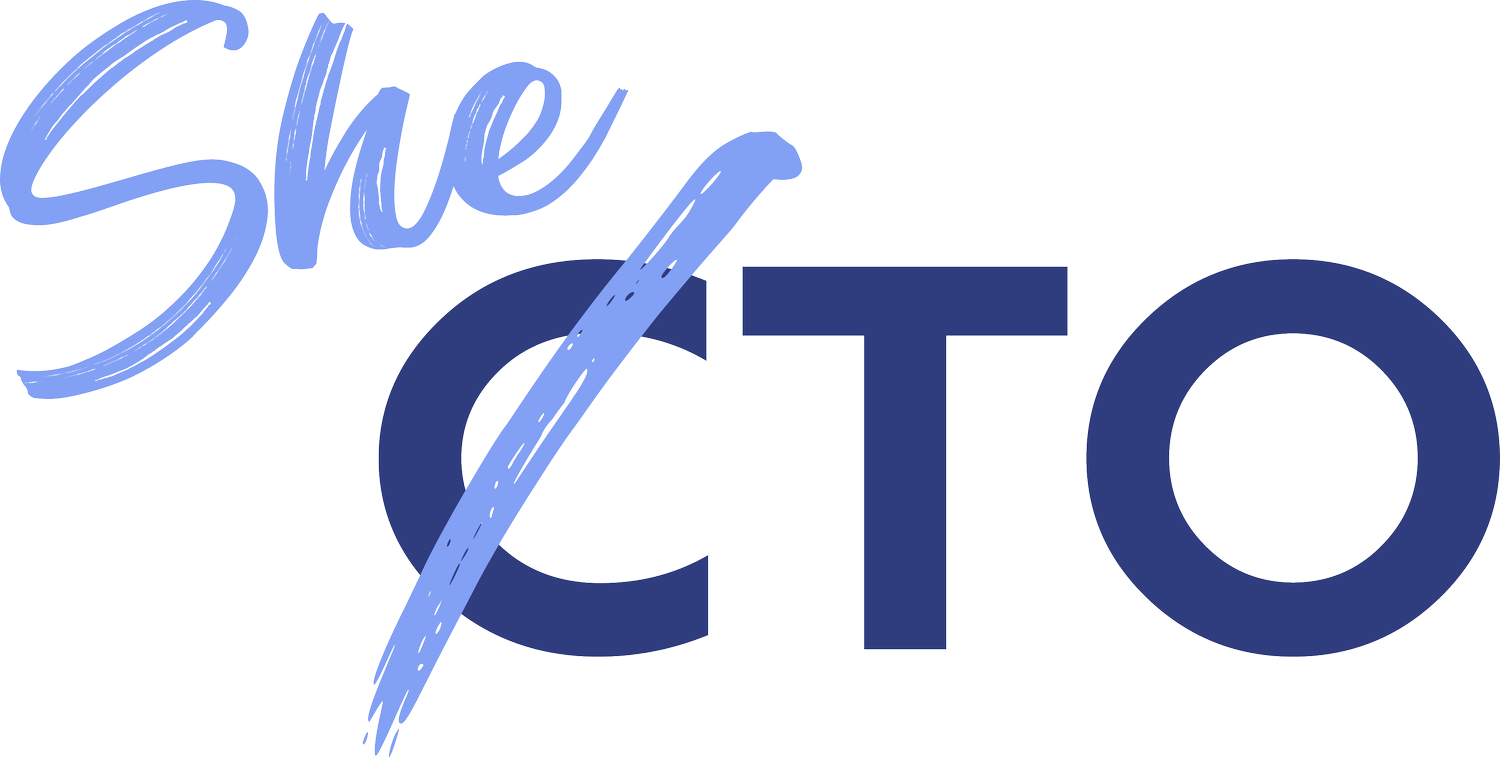Mastering the Art of Presenting Case Studies
In today's competitive job market, presenting case studies during the interview process has become increasingly common. It provides an opportunity for candidates to showcase their problem-solving abilities and demonstrate their approach to real-world challenges. In this blog post, we will explore effective strategies for presenting case studies during an interview, along with valuable tips to ensure a successful outcome.
The SheTO community members have been practicing system design, leadership interview skills amongst the community members. Some of the tips from our members on case study presentations.
Understand the Purpose and Audience
Before diving into your case studies, it is essential to understand the purpose behind them. It is important to ask clarifying questions on the problem or the use case. Send your top five assumptions on the problem and seek validation before the presentation. Familiarize yourself with the use case or business problem given by the interviewer and ensure that you understand and address all the key points they are looking for. Additionally, take the time to research and understand the role and the specific audience you will be presenting to. This will help you tailor your verbiage and delivery to match their expectations and interests.
Prepare a Concise and Engaging Presentation
When creating your presentation deck, keep in mind that it should not be overly wordy. Use visuals, diagrams, and bullet points to convey your main ideas effectively. While your presentation should be concise, be prepared to provide additional backup information or data if requested by the interviewer. Remember, the goal is to engage the audience, so make the presentation interactive whenever possible. Encourage questions and discussions to demonstrate your ability to communicate and collaborate.
Highlight the Two Scenarios
When selecting your case studies, choose ones that have a significant impact and took several months or longer to complete. This demonstrates your ability to handle complex and impactful projects. Clearly explain the background, the challenges you faced, and the objectives you aimed to achieve. Highlight any noteworthy challenges, including who you had to convince, change management efforts, and the obstacles you encountered along the way.
Emphasize Learnings and Reflections
After presenting each case study, discuss how you built a cross functional team to solve the business problem. What metrics or KPIs did you use to test the outcome? How did you use the feedback from customers to improve the feature? Demonstrate your ability to reflect on the situation and identify areas of improvement. Discuss what went wrong, what went right, and how you handled any setbacks or unexpected outcomes. This showcases your adaptability and resilience in the face of challenges.
Draw Comparisons and Extract Takeaways
During the presentation, compare and contrast the two scenarios. Discuss how they differ in terms of people involved, technological aspects, scale, and timeline. This allows you to showcase your versatility in handling diverse situations. Moreover, explicitly communicate the key takeaways you want the interviewer to draw from your approach to each scenario. These takeaways should align with the skills and qualities required for the role you are applying for in the organization.
Presenting case studies during job interviews provides a valuable opportunity to showcase your problem-solving skills and demonstrate your ability to navigate complex challenges. By following these tips, you can effectively present two case studies, engage the interviewer, and leave a lasting impression. Remember to keep your presentation concise, address the prompt, make it interactive, and emphasize your learnings and reflections. Good luck with your interview!

